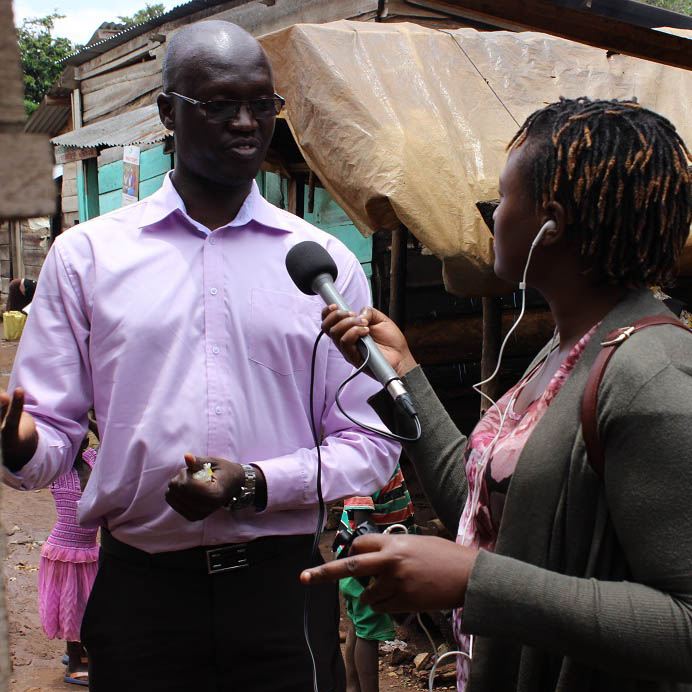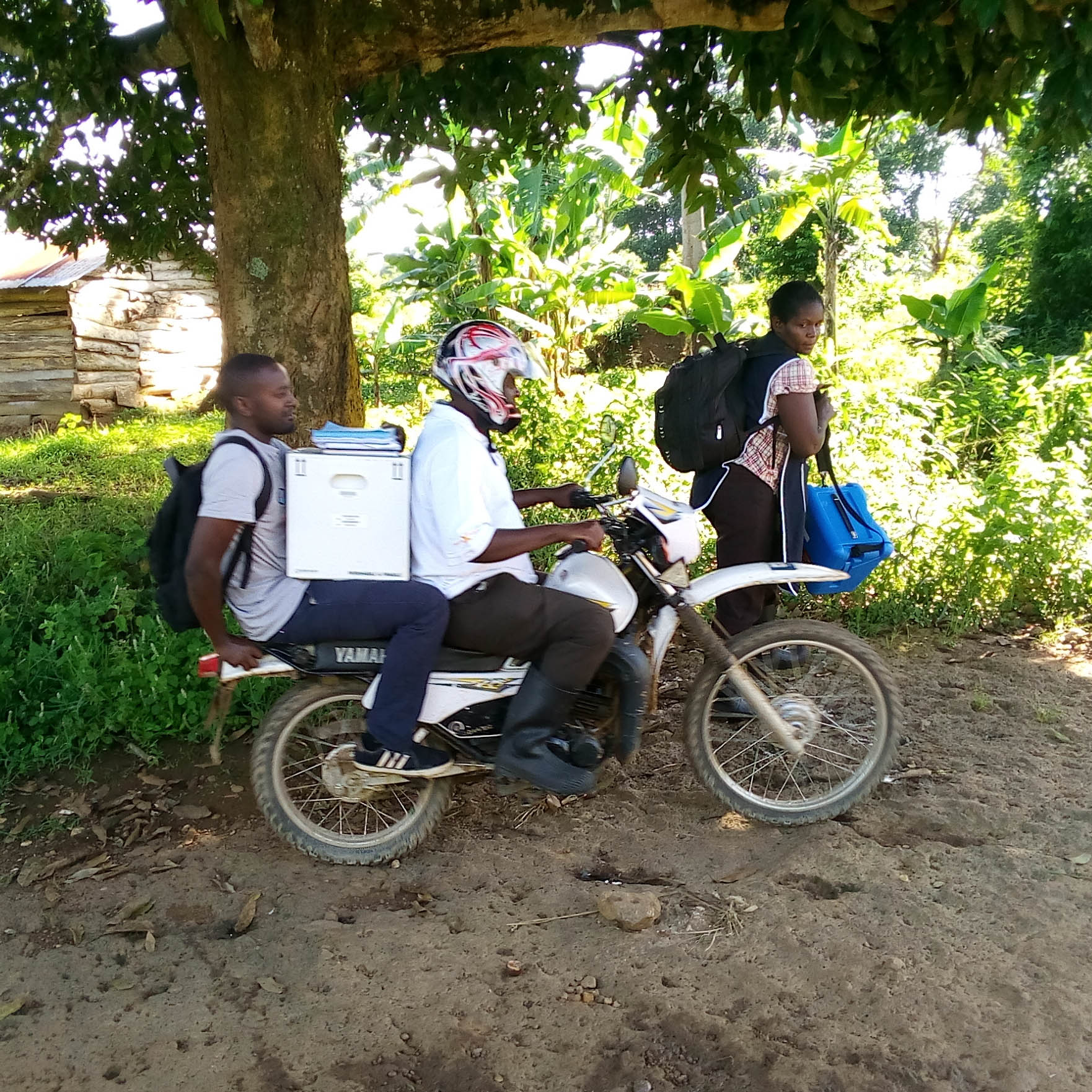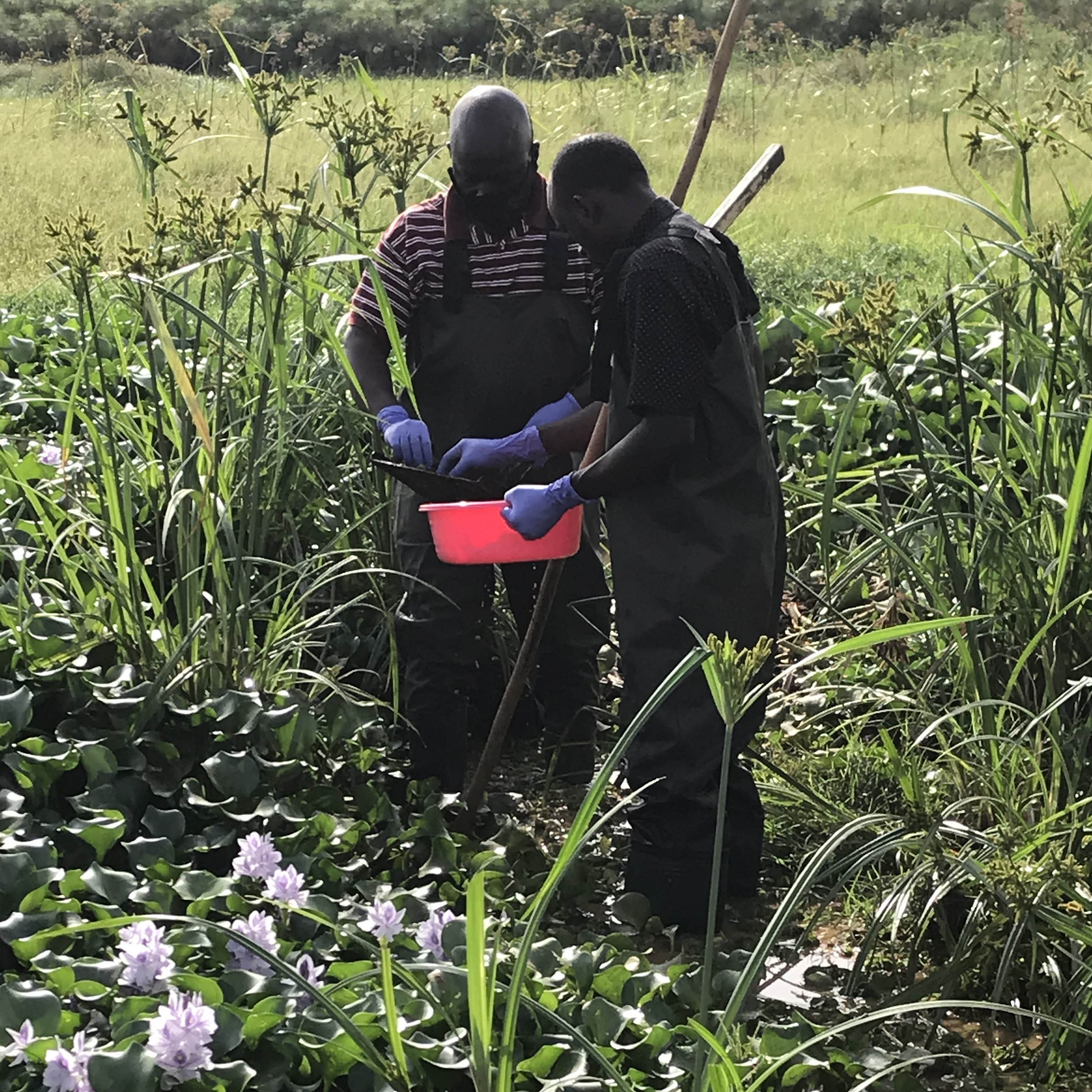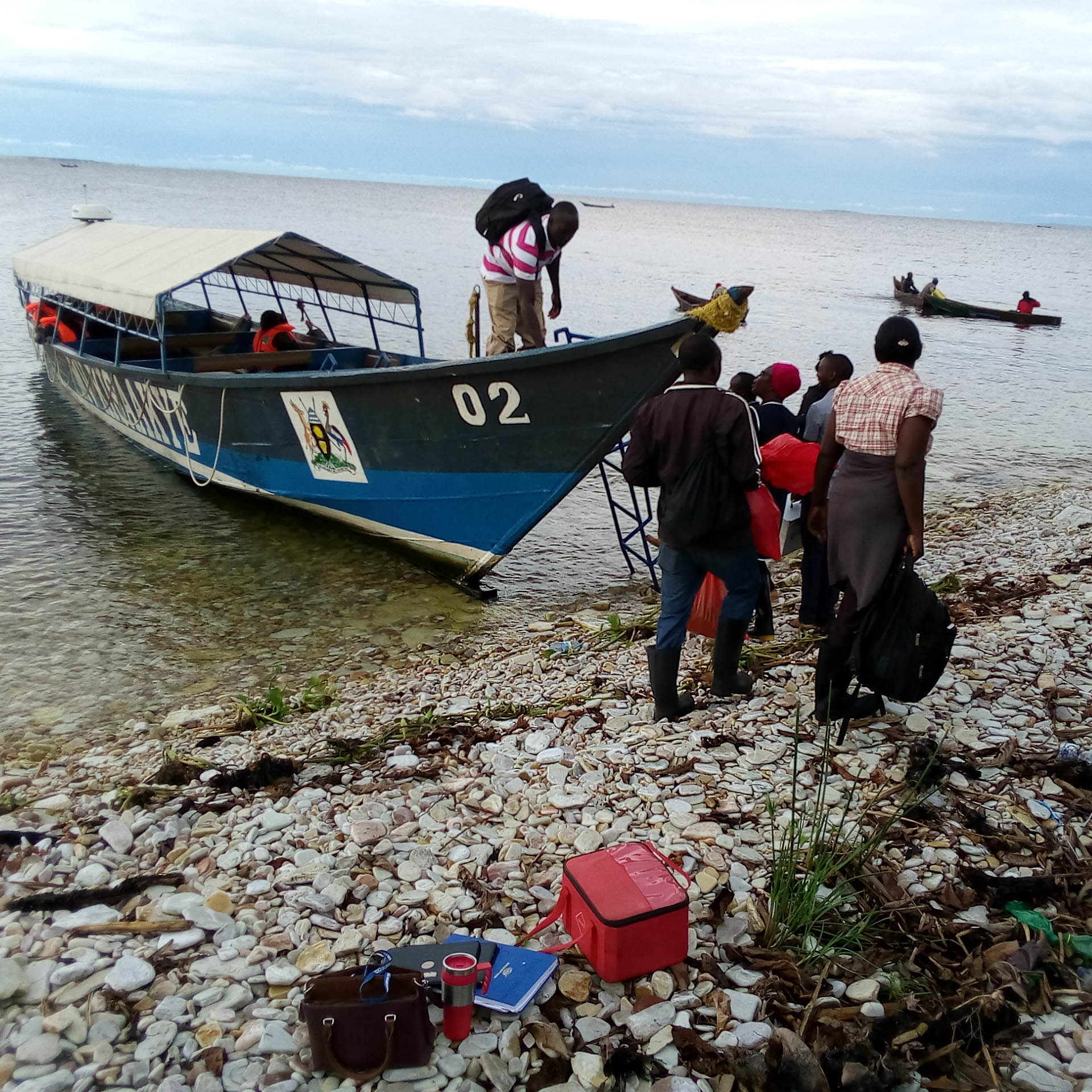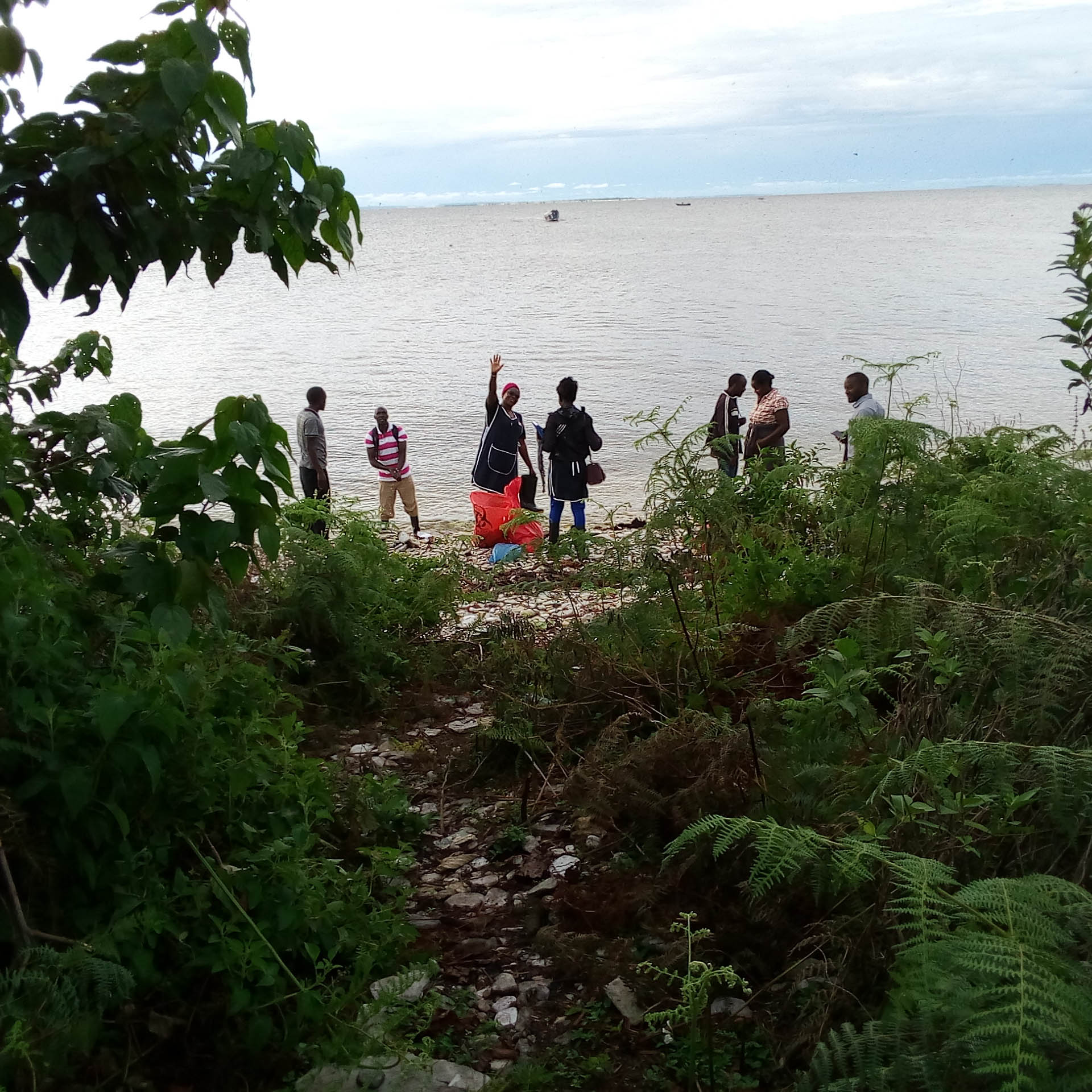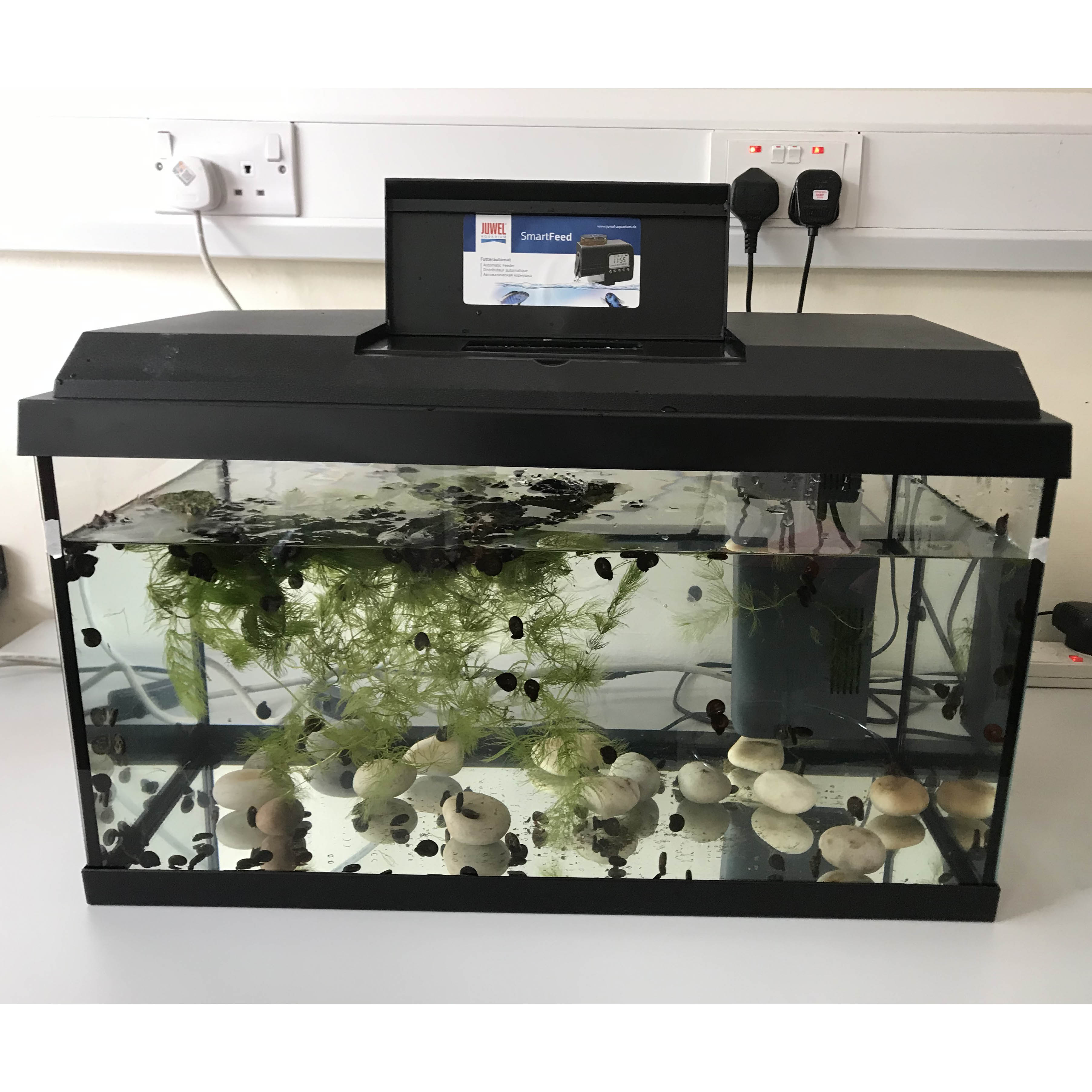Uganda Schistosomiasis Multidisciplinary Research Centre (U-SMRC)
Principal Investigator: Alison Elliott
Lead Institution: Uganda Virus Research Institute (UVRI), Uganda
Partners
- African Population and Health Research Center, Kenya
- Johns Hopkins University School of Public Health, USA
- Leiden University Medical Center, Netherlands
- Makerere University, Uganda
- Mbarara University of Science and Technology, Uganda
- Royal Museum of Central Africa, Belgium
- University of Cambridge, United Kingdom
- University of Glasgow, United Kingdom
- University of Liverpool, United Kingdom
- Vector Control Division, Ministry of Health, Uganda
Background
Schistosomiasis is a major neglected tropical disease, estimated to affect 240 million people worldwide, leading to loss of a minimum of 1.9 million disability-adjusted life years (DALYs) annually – 90% of this burden in sub-Saharan Africa. Uganda is highly endemic for Schistosoma mansoni (Sm). The Ministry of Health’s Vector Control Division (VCD), responsible for schistosomiasis control, has long been concerned by the high rates of severe schistosomal morbidity in the North-Western Lake Albert region (LA), compared to the Central and Eastern Lake Victoria region (LV), despite comparable transmission and programs of praziquantel mass drug administration.
Scientific Aims
- Compare early-life immune responses to Sm exposure and infection between LA and LV and identify co-exposures that modulate Sm-specific immune responses and morbidity risk
- Establish a platform for local genetic surveillance of schistosome parasites in Uganda and determine whether there is a parasite genetic basis to differences in clinical outcomes in LA and LV
- Determine which population biological determinants of Biomphalaria spp. snails act as local epidemiological drivers of Sm, filtering its diversity within and between LA and LV ecosystems; and whether detection of environmental (e)DNA signatures from Biomphalaria and Sm can be used to better predict snail/parasite diversity at transmission sites and (re)infection risk within key demographic groups
Hypotheses
We hypothesize that factors at each step of the parasite life cycle interact to determine morbidity in schistosomiasis; in particular, that contributors to greater disease severity in LA compared to LV include:
- Differences in the human immune response to schistosomes established early in life: factors that govern these differences are likely to include intensity of parasite exposure and immune modulation by co-infections, microbiome, nutrition and lifestyle.
- Differences in the population genetics of schistosome parasites (acting, for example, through differential expression of immunogenic or immunoregulatory antigens; or on susceptibility to praziquantel treatment).
- Differences in snail species, frequency and location relative to human activity; and differences in snail susceptibility to schistosome infection and replication; differentially impacting intensity of human exposure.
Design
We will use two study designs: (i) cohorts of pre-school-age children (PSAC) in LA and LV, to explore the early evolution of immune responses that may lead to severe morbidity and (ii) an adult case control study to identify chronic exposures associated with severe disease. We will also collect parasite and snail samples from both settings, and develop a specimen archive for future studies.

